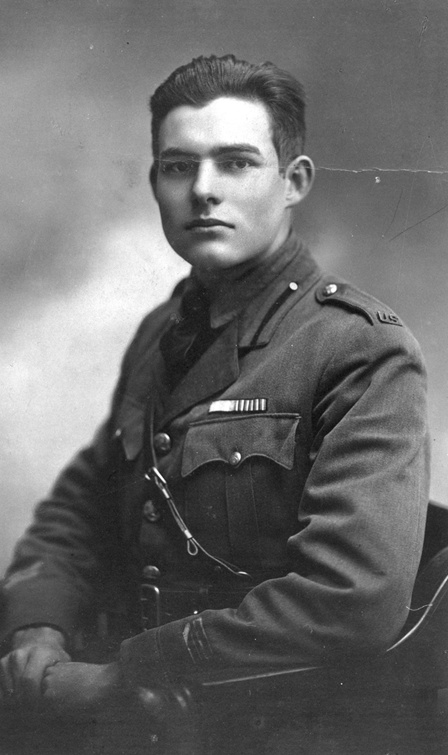A Farewell to Arms di Ernest Hemingway. Edizioni e traduzioni italiane a confronto
DOI:
https://doi.org/10.13133/2532-1994_3.8_2019Abstract
There are three Italian translations of Ernest Hemingway’s A Farewell to Arms, all three almost contemporary. This essay compares these texts but also some aspect of the paratext (such as the editorial presentations on the dust jacket or in the inside cover, and the foreword), highlighting problems and strong points, in order to show how different editions of the novel have brought out different interpretations of it, also changing the image of the author in Italy through the years. The very first edition, published in 1945 without the author’s consent, addresses a reader distraught by Fascism’s (and Italy’s) defeat; such a reader would eventually identify Hemingway – presented as a war hero – with his main character. However, notwithstanding many errors and over-interpretations, the most difficult passages of the novel are well translated. The second edition, published by Mondadori in 1946 in the translation of the important literary critic Giansiro Ferrata (with Dante Isella e Puccio Russo), shows much more over-interpretations and interpolations, both in the paratext and in the novel’s translation: A Farewell to Armsis presented as a romantic love story with a bourgeois twist. Nevertheless, this translation was constantly reprinted until 1987. The last translation, still published – virtually untouched – by Mondadori, is the 1949 work of Fernanda Pivano, literary critic and personal friend of the American author. Her translation is the most faithful of the three: it follows closely Hemingway’s famously dry prose and his peculiar use of punctuation, enhancing its poignancy. But the extreme fidelity of this translation is also its worst flaw; the most complicated passages are translated literally, apparently without bothering about their actual meaning, while many idiomatic expressions are misunderstood.References
Briasco, L. Retoriche del conflitto. Identità, amore e guerra in A Farewell to Arms di Ernest Hemingway, Roma: Lozzi & Rossi, 2002.
Candeloro, G. Storia dell’Italia moderna. La seconda guerra mondiale. Il crollo del fascismo. La Resistenza. 1939-1945, Milano: Feltrinelli, 2002.
Cecchi, E. “Introduzione all'edizione del 1942”, in Vittorini, E. Americana, Milano: Bompiani 2015. 1457-76.
Ferrata, G. "Prefazione", in E. Hemingway. Addio alle armi, Milano: Mondadori, 1947.
Hemingway, E. A Farewell to Arms, London: Vintage, 2013.
Hemingway, E. Addio alle armi. Traduzione di Giansiro Ferrata, Dante Isella, Puccio Russo. Milano: Mondadori, 1947 [Nel testo, "Ferrata"]
Hemingway, E. Un addio alle armi. Traduzione di Bruno Fonzi. Milano-Roma: Jandi Sapi, 1945. (Nel testo, "Fonzi"]
Hemingway, E. Addio alle armi. Traduzione di Fernanda Pivano. Milano: Mondadori, 1965. [Nel testo. "Pivano"]
Genette, G. Soglie: i dintorni del testo, Torino: Einaudi, 1989.
Mafai, M. Una vita, quasi due, Milano: Rizzoli, 2012.
Downloads
Published
How to Cite
Issue
Section
License

Except where otherwise noted, the content of this site is licensed under a Creative Commons Attribution 3.0 Unported License.


